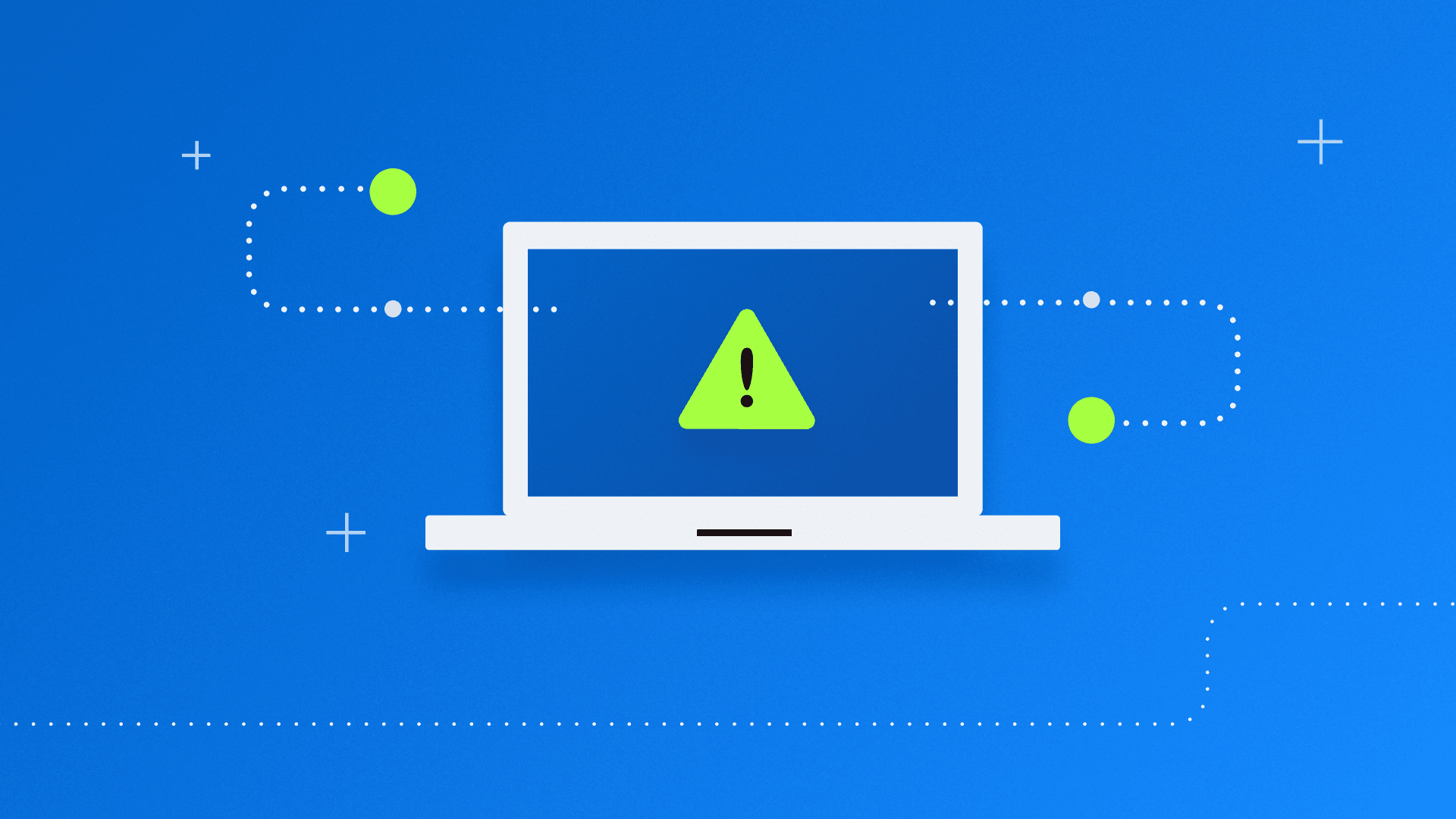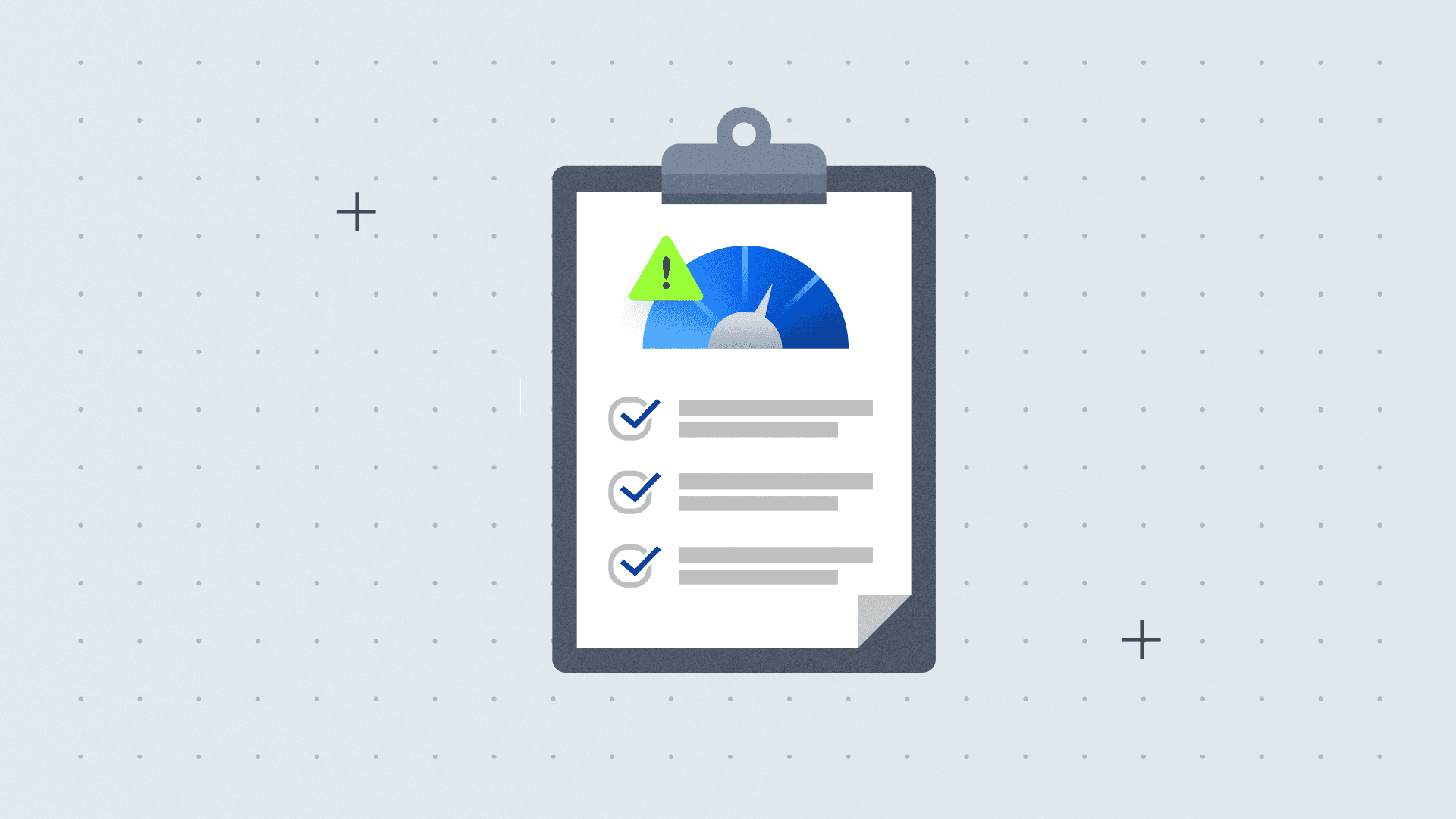As businesses evolve, they increasingly depend on a wide network of suppliers and service providers to support their operations, drive innovation, and enhance competitiveness. While relying on third-party vendors offers cost-efficiency and access to specialized services, it also introduces new risks, including data breaches, cybersecurity threats, compliance violations, and operational disruptions.
These risks can significantly impact a company’s reputation, financial health, and customer trust. A vendor risk management (VRM) policy outlines the principles and guidelines that companies should follow to assess, monitor, and mitigate the risks associated with their third-party vendors. A robust VRM policy is essential for managing these risks effectively and maintaining a resilient supply chain that supports the company’s strategic objectives.
Without a comprehensive VRM policy, managing vendor relationships can leave a business vulnerable to unforeseen risks and disruptions, which may severely impact operational stability and compliance. The absence of a VRM policy can lead to severe consequences, including supply chain disruption, sensitive data leakage, and noncompliance with regulatory requirements.
A well-crafted VRM policy can help your organization maintain operational stability, safeguard sensitive information, and comply with industry regulations by systematically addressing vendor-related risks. Additionally, an effective VRM policy enables your company to foster strong, collaborative relationships with vendors, which can lead to enhanced service quality, innovation, and competitive advantage.
This article guides you through the essential steps of creating a VRM policy that protects your business from potential threats while reinforcing your company’s market position by ensuring reliability and trust in its partnerships.
See Why 83% of Companies Face Problems From Third-Party Risk Processes
Download the report and gain critical insights into the third-party risk management (TPRM) strategies of today's enterprises.
Breaking Down the Vendor Risk Management Policy
A VRM policy, like any other company guideline, should be straightforward. It should clearly define the activities that the company must undertake when engaging with third-party vendors.
Every vendor relationship addresses a business need, so anyone in the company may request to engage with a new vendor or modify a contract with an existing one. Your VRM policy should guide the entire vendor management lifecycle, from contracting to termination.
Not all companies have a dedicated procurement function, so it is crucial that relevant roles within the company assume this responsibility. Procurement involves not only the actual purchase of services or goods but also ensuring that every vendor engagement is conducted in the organization’s best interest.
An effective VRM policy includes the following key components:
Compliance assurance
The VRM policy should have a statement about how the organization will make every effort to ensure that all vendors, including cloud service providers, are compliant and that they do not compromise the integrity, security, and privacy of the organization or its customer data.
Vendor auditing
The company may choose to audit critical vendors to ensure compliance with applicable security policies and legal, regulatory, and contractual obligations. This must also be part of the VRM policy.
Vendor inventory
A vendor inventory is another essential part of the VRM policy because it helps the company keep track of all relevant relationships and dependencies with its vendors. At a minimum, it must include the vendor risk level, the types of data that will be shared with the vendor, a brief description of the contracted services, and the controls in place to detect security or quality issues.
Vendor risk assessment
The VRM policy should also include how the organization assesses each vendor’s risk rating. Generally, a vendor’s risk is categorized into one of three levels: high, moderate, or low. However, companies may choose to classify their vendors as critical or non-critical.
Need help determining which category a vendor falls into? These questions can help guide your decision:
Are daily operations significantly dependent on the vendor’s service?
Does the vendor provide a service critical to developing, supporting, and securing your product/service?
Does the vendor access, handle, or store sensitive or confidential data?
Would replacing the supplier be extremely difficult and costly?
If the answer to any of these questions is “yes,” you may want to assess this vendor as critical for your business.
Contract management
The VRM policy must also outline how contracts with vendors will be managed, particularly with third parties that process, store, or transmit confidential data, or provide critical services. At the least, contracts should include an acknowledgment that the third party is responsible for the security of the organization’s confidential data that it possesses, stores, processes, or transmits. Contracts must also define information security requirements and how intellectual property rights will be regulated.
Incident response responsibilities
It is essential to include clauses that establish responsibilities for responding to direct and indirect security incidents, including timing as defined by service-level agreements (SLAs).
Vendor relationship termination
Finally, the VRM policy must specify how the company will handle the termination of vendor relationships, including exit plans that align with the company’s contingency strategies.
Just Getting Started on Risk Management?
Download this guide for a full breakdown of IT and cybersecurity risk management and how to make it work for your organization.
The VRM Lifecycle as Part of VRM Policies
Generally speaking, the supplier risk management lifecycle consists of:
Identifying a business need for a service: As mentioned above, this need can come from different areas of the company. Business needs for different vendors must be legitimate, within budget, and in the company’s best interests. The VRM policy must clearly state who is responsible for approving requests for new engagements or modifications to existing contracts.
Vendor due diligence: After identifying the need for a vendor, the next step is to perform due diligence on potential vendors. A good strategy is to request at least three quotes from different companies. This approach provides a variety of offers to compare, helping the organization select the vendor that best meets its needs.
Vendor onboarding and monitoring: The next step is negotiating and entering into contracts with suppliers. Once the contracts are signed and the vendor begins providing services, companies must continuously monitor suppliers. This ongoing evaluation allows them to manage and remediate issues related to service quality, security, or privacy matters.
Termination: The final step of the vendor management lifecycle is the termination of relationships with suppliers, as appropriate.
Benefits of Having a VRM Policy
Implementing a VRM policy brings numerous advantages that extend across various aspects of business operations. Here are the key ways a robust VRM policy can benefit your organization:
Resource optimization and cost control: A VRM policy ensures the efficient use of resources and maintains financial oversight by streamlining vendor management processes and optimizing acquisition costs. This leads to better allocation and utilization of company assets and helps achieve cost savings by identifying and mitigating the potential financial risks associated with third-party vendors, such as overcharges or unplanned expenses.
Purchase risk and quality management: Having a good policy mitigates the risks related to the procurement of goods and services by ensuring that vendors meet quality standards and contractual obligations, thereby reducing the likelihood of defective products or poor services.
Compliance: Adherence to legal and regulatory standards is assured by establishing clear guidelines and monitoring mechanisms to ensure that all vendor activities comply with relevant laws and industry regulations. This minimizes the risk of legal penalties and reputational damage.
Improvement of supplier relationships and operational efficiency: A VRM policy enhances interactions with suppliers through structured communication and clear expectations, leading to stronger, more collaborative relationships and better overall performance from vendors. Additionally, it improves business processes and decision-making by providing a systematic approach to managing vendor risks, which helps reduce operational disruptions and increase productivity.
Gain Confidence in Vendor Security
Streamline the risk management process with all your vendor information in one place.
VRM Policy Implementation Strategy
Implementing a VRM policy requires effective coordination across multiple departments and alignment with the organization’s overall risk management framework. Here are some steps to consider for effective implementation:
Integration with internal processes: Align the VRM policy with existing business procedures to ensure seamless integration. This includes incorporating VRM practices into procurement, compliance, and operational workflows to create a cohesive approach to risk management.
Stakeholder engagement: Emphasize the importance of involving key personnel and departments in VRM processes. Engage stakeholders from various functions—such as IT, legal, security, and compliance—to ensure a comprehensive understanding and support of the VRM policy.
Training and awareness: Educate employees about VRM principles and practices. Provide regular training sessions and resources to ensure that all staff members understand their roles in managing vendor risks and are aware of the procedures and protocols established by the VRM policy.
Technology utilization: Leverage technology solutions, such as Drata, to automate parts of the risk management process, especially for monitoring and reporting purposes.
A comprehensive VRM policy provides a structured framework for identifying, assessing, and mitigating risks throughout the vendor lifecycle. It ensures that all potential vulnerabilities are addressed proactively, from the initial vendor selection process through to the ongoing management and review of established relationships.
By implementing these recommendations, organizations can strengthen their VRM policy, effectively manage vendor risks, and ensure a secure and compliant third-party ecosystem.
Get Audit-Ready Faster With Drata's Compliance Solution
Book a demo of Drata’s compliance solution to learn how to get audit-ready faster.
![Key Components of a Vendor Risk Management Policy [Template]](/_next/image?url=https%3A%2F%2Fimages.drata.com%2Fx3hoqyjm3c27%2F5qLjOz4RycR9bGzxv9CHn4%2Fb96af97e5c791b69c1c29210a028c034%2FVendor_Risk_Management_Policy__Essentials___Template.png&w=3840&q=75)





